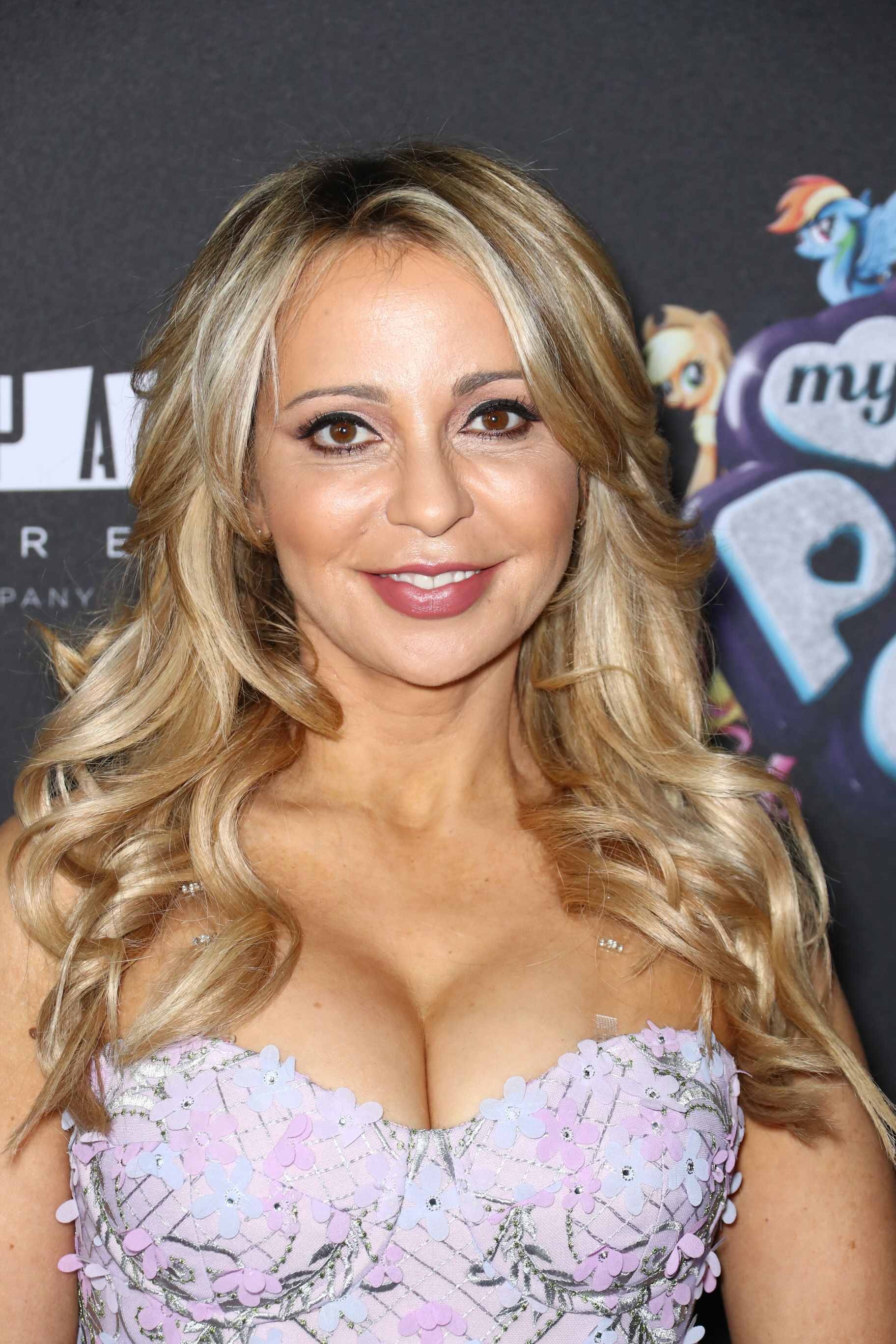Loki
Summary
Lokiseason 2 marked a potential endpoint for Tom Hiddleston ’s God of Mischief , and its three Emmy Award nomination make it clear that the hard oeuvre that brought the show to life has been agnize . The Disney+ serial publication has always been an awards contender , with the first season also earn a number of nomination . For time of year 2,Lokiwas nominated in the force field of “ Outstanding Fantasy / Sci - Fi Costumes ” , “ Outstanding Sound Mixing For A Comedy Or Drama Series ( One Hour ) , and “ Outstanding Special Visual Effects In A Season Or A Movie ” .
Loki ’s visual result nomination number in part thanks to the work of VFX supervisory program Chris Townsend . Townsend had to work up off the ocular rendering of theMarvel Cinematic Universe multiverseestablished in other task forLokiseason 2 , shepherd the foundation of fourth dimension jumping and spaghettification , and much more . Despite only joiningLokifor season 2 , Townsend is a veteran of the MCU — his retiring credit includeShang - Chi and the Legend of the Ten Rings , Iron Man 3 , andCaptain Marvel .
Loki time of year 2 ’s finale is massive for the MCU as well as for the God of Mischief who ’s rule his ultimate glorious purpose while saving the TVA .

In conversation withScreenRant about his Emmy - nominated study on the show , Townsend detail his experience hail into the second time of year of an already establish show and working to elevate an already successful esthetic . He also exposed some of the mental process by which MCU properties apply assets from other project , specifically in esteem toLokiandDeadpool & Wolverine . Townsend also reflected on the riskyLokiseason 2 finish , the aroused encroachment of which was heavily reliant on the success of the VFX .
Chris Townsend Discusses Elevating The Aesthetic Of Loki Season 2
Screen Rant : I get laid the visuals and the esthetic that were make forLokiseason 1 , and I sense like season 2 make do to meliorate on those . What did you need to lean into coming into season 2 as someone who was n’t involved in the first time of year ?
Chris Townsend : I recall time of year one did a really good job , and they created an esthetical and a designing linguistic process . We were very fortunate that we had Kasra Farahani , who was the production designer on the first season , come into the second time of year as well . He also directed episode 3 , but his primary persona on the show was as yield interior designer . It was great to have that persistence and have someone who knew the populace of the TVA so well .
We did n’t want to modify things for the sake of change them , but we did require to improve where we could and finesse thing . Everything is slightly different , from the agency that we have deletion core and Miss Minutes to the look of the TVA sweep , when we look out to the never - ending metropolis . We bet at how it was done in the first season and figured out what we could do to impart it up a pass as our knowledge base , art , and technology has improved .
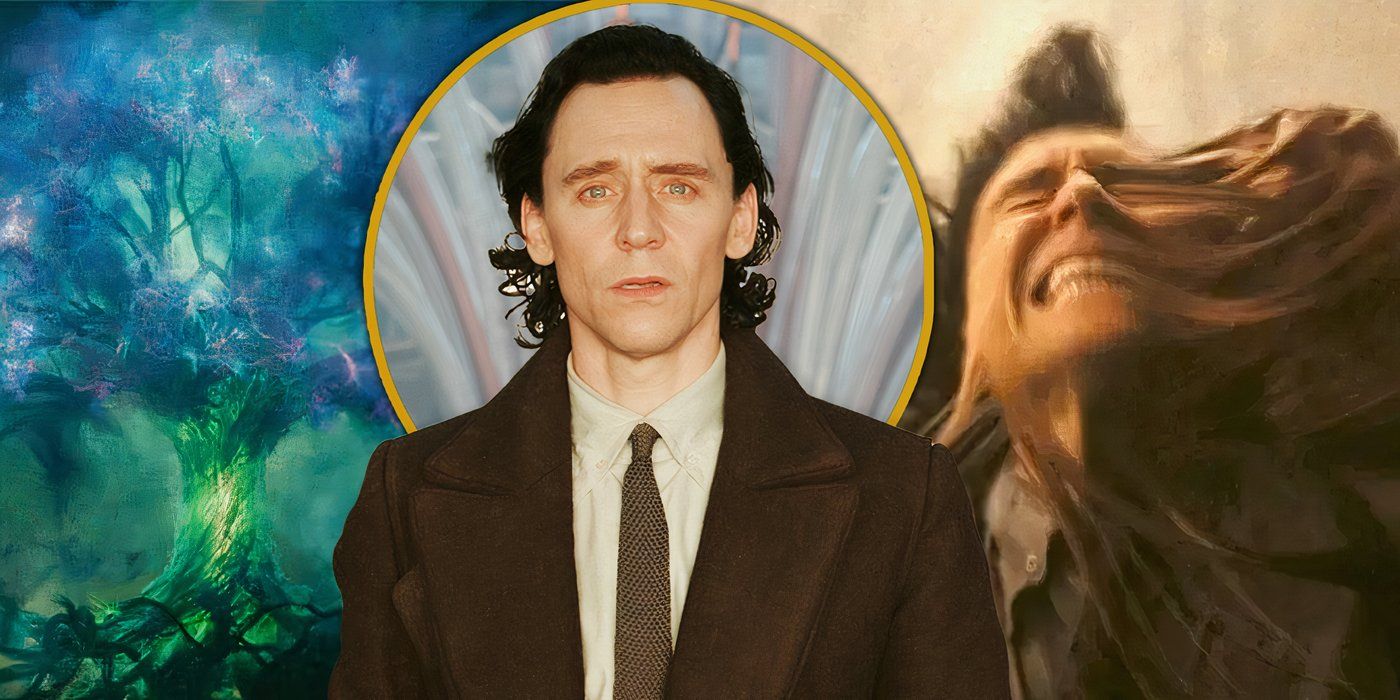
It was about endeavor to lean into that stuff , but there were other things [ we want to vary that had ] been established in time of year one . For case , the timelines . In time of year one , when we realise a timeline , there were these downcast purple glowy strings that we would be flying through . The key directors Aaron and Justin , who were our director for four of our six episodes and also act as as executive producers on the show , really had a very absolved idea they want to nullify . One of the things that we joke about was that we were team “ No glow ” , because too many things burn in visual effects . We tried very hard to bring down that and to make it experience much more analog and lo - fi and touchable .
They had this idea that they want the timelines to be rainbow - colored and something strong-arm . I ’m like , “ Well , we ’ve established that they ’re puritanic and empurpled glowy lines in the previous show , so how do you transition from one to another ? ” We went to Trixter , the ocular effect ship’s company who handled that task , and figured out a methodology and a system of logic . If you look at the timelines , for instance , on the left - deal side , they are blue sky and purpleness , and slowly they transition to the more tangible rainbow vividness as the Loom is get down to draw the timelines together . It was trying to never disregard what was done before , but to bring in things to the tier and to the position that visually we wanted time of year 2 to be .
It was the same with Miss Minutes . I think Miss Minutes was another character that had obviously been seen and loved and fear from season one , but we want to bring even more elegance to the animation , make it experience a little bit more tangible , as it were , and give her more empathy and more character . We were doing those form of things to render and bring it more up to date .
Image via Marvel Entertainment
Townsend Exposes The Methods Behind Two Of Loki’s Signature VFX Techniques
My pet effects moments from the whole show might be the Time Slipping . It looks fantastic . Can you tattle about how that was done ?
Chris Townsend : Time Slipping was something really , really fun . In the script , it has this line that says it expect like Loki is being rupture from one reality to another and like he ’s being born and dying all at the same time . [ We ask ] , “ How do you image that , and how do you envision that in a regular boob tube show that ’s not R - rank ? ” It ’s something that everyone can watch , so how do you do it where it ’s fitly butcherly , but appropriately interesting ? The quest , always , is that an effect is never seen before . We looked at foresighted exposure photography , we look at multiple exposure photography , we see at painting by Francis Bacon where you ’ve get multiple faces in the same ikon , we look at cubism , and we take care at all these classic interpretations of what meter is and how you delimit it .
Using that as a base , Framestore , the visual effects company that worked on that effect , came back with some conception art and mode boards . With that information , we slowly developed this estimation . We had this idea of what we wanted to do with it . We did n’t quite know precisely how we ’d fit the pieces together , but we knew that it would be multiple performances of Tom for Loki . So , we went to Tom and say , “ Okay , we want to blast a test . ” We dash a mental testing of him thrashing around in unlike poses in dissimilar ways , and then we necessitate that back to Framestore and say , “ What have we instruct ? ” And we learned that bigger move are skillful , or small movements , or slow , or fast . And with all that information , they then cut something together .
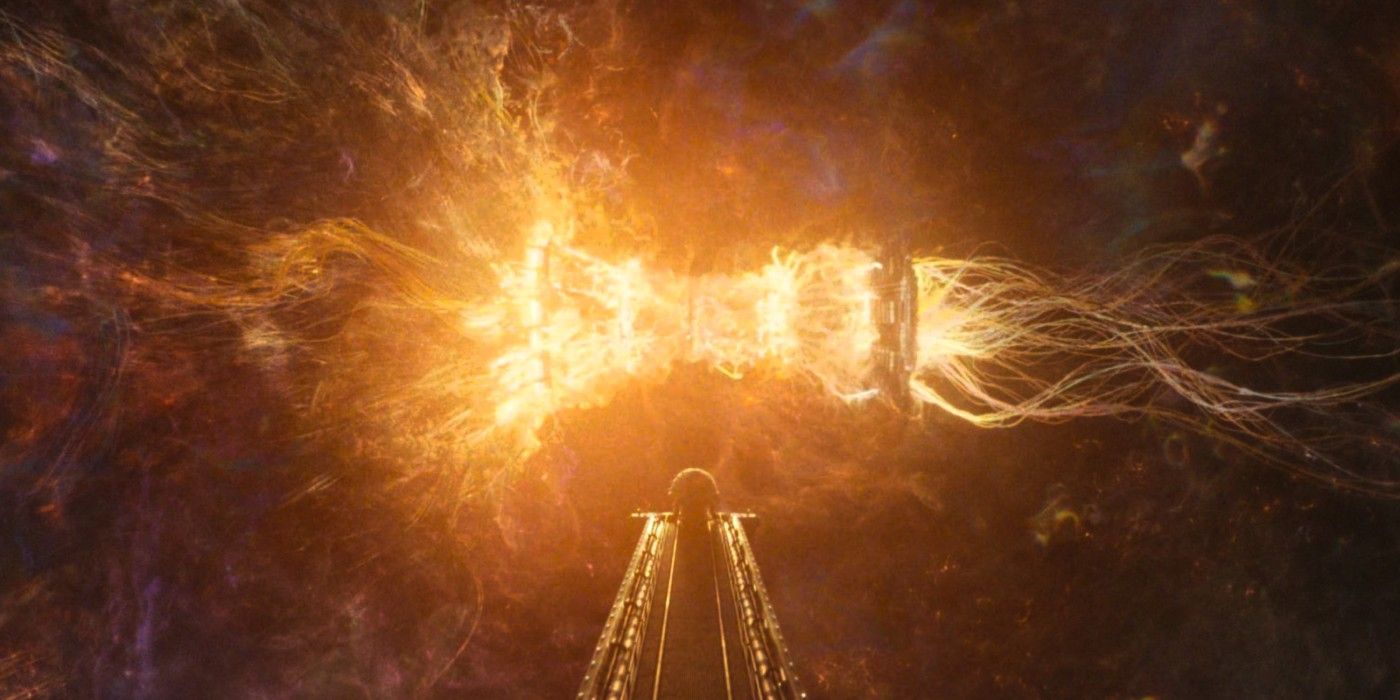
Then , we looked at that and articulate , “ That ’s pretty safe . Now , what ’s the next footstep ? ” And then we figured that we ’d want to create a CG rendering of Tom for all of this so we could extract and simulate strands , because a lot of our effect are intertwined — excuse the paronomasia — with our esthetic of what time attend like . We had figured that we wanted to represent time always as strand , or lines , or threads , so we were trying to recall of a direction to touch base that to metre dislocate . We decide to connect it with strand so that as he moves from one affair to another , there are strand of metre being pulled .
Framestore render up those pieces and used flashes of the practical Tom with these CG interstitial bits , they showed it to us , and we said , “ dandy . Can we make it more ghastly ? ” So , they go in and manus - painted bulging eyes or the revealing of a skull just for fraction of a second . Once we ’d done that , we show it to the studio , we showed it to the directors , and we showed it to Tom , and everyone allege , “ Love it . It ’s great . allow ’s do that . ”
Then , we had to figure out how to put that into production , because that process had been a monolithic undertaking . How would you put that into a docket in terms of photography of shooting Tom so that you do n’t disrupt the yield schedule ? One of the openhanded practicalities of shooting is that we ’ve only get two weeks to shoot an episode , and the last thing hoi polloi want is optic effects to be holding them up .
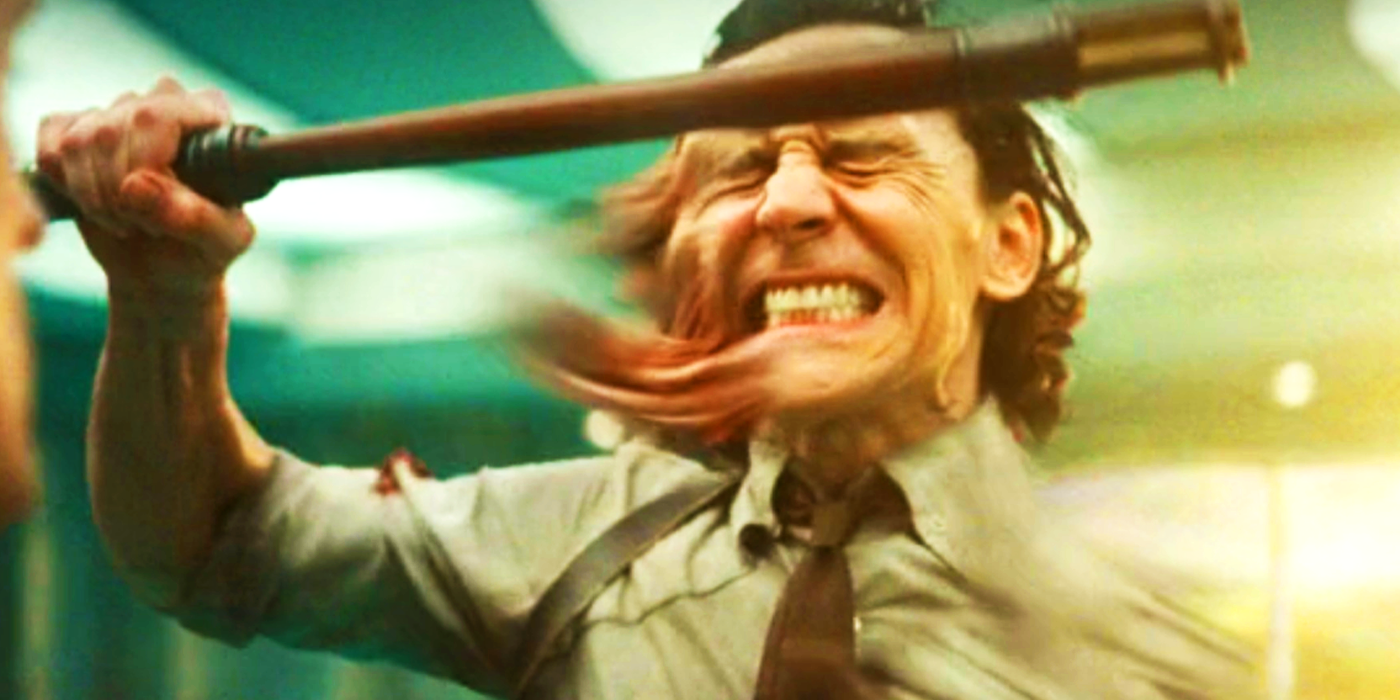
We had to be able to figure out a way to do that . We got into a pretty effective routine where , as soon as the director were happy with the functioning , we ’d clear everyone off set . We ’d shoot what we call a clean plate where we just shoot the background with no one there with the same camera , and then we ’d bring Tom back on . We ’d get him to perform , and I would direct him , “ Saying , give us a thrust forward . Give me a wind , give me a straight thrust . Give me a dim , gentle interpretation . ” We would do 10 or 12 passing , and he was incredible . The intensity of performance that he was able to give us was bright , and that ’s what sells it . So , I call up it ’s really a combination of everyone working together to create the outcome .
Tom has played this character for so long . How much input is he commit on all of this ?
Chris Townsend : He is Loki , right ? He get laid the character better than all of us . So , if you say , “ Hey , we ’d wish to do this , ” he ’s like , “ Loki would n’t do that . That is n’t how Loki would react to this . ” He ’s so fabulously passionate about the role , and that cacoethes is infective . He is listening and he ’s implausibly respectful , but he will absolutely say , “ No , this is n’t how it would go . ” He ’s great to work with .
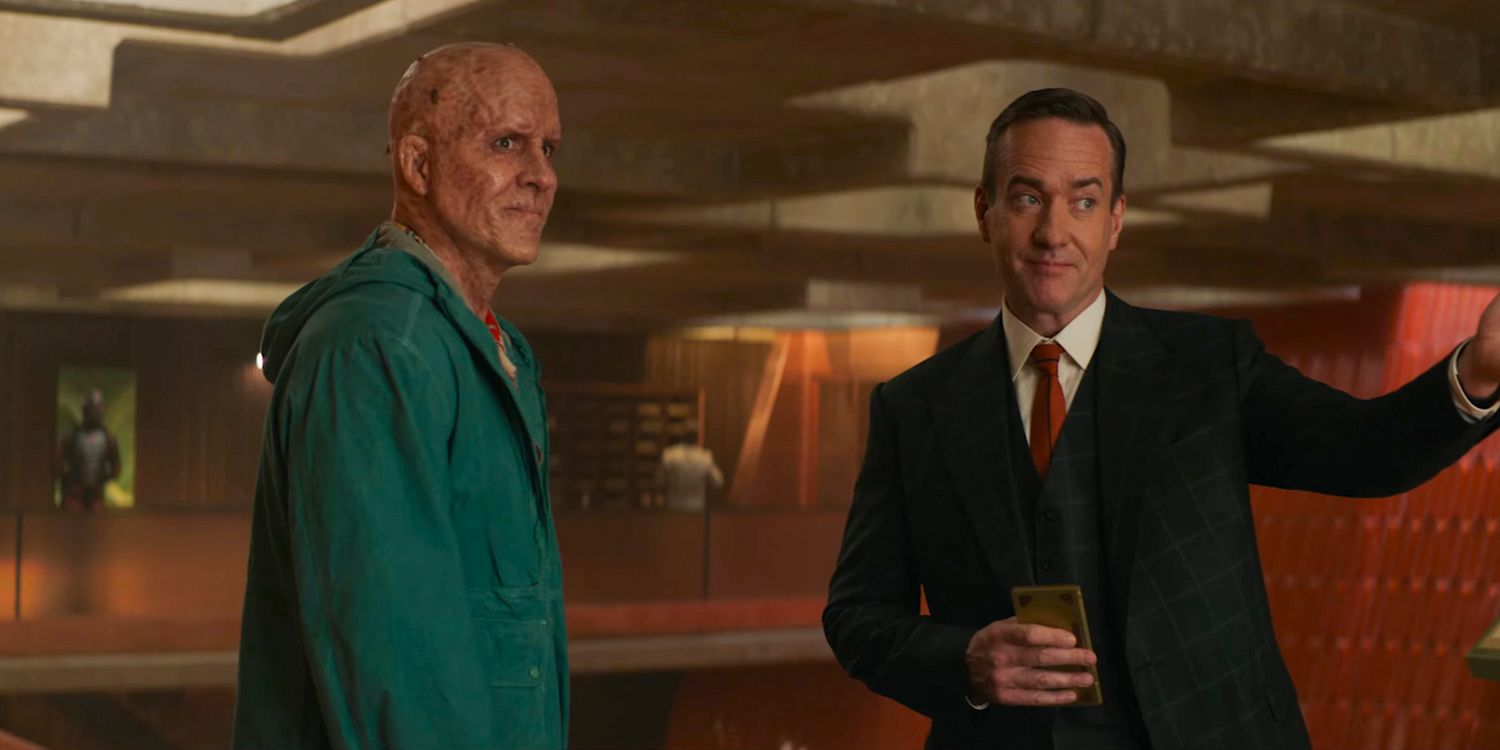
Image via Marvel Entertainment
And in respect to spaghettification , how much of that was script versus put together through storyboards ? How did the aspect of that come in together ?
Chris Townsend : It all starts with the script . On the page it literally say that they grow into spaghetti , and a destiny of it was establish on the logic of if you stand next to a fateful fix , apparently you ’d be pulled into strands . Whether it ’s urban legend or real , I ’m not quite sure , but it ’s out there that this is what would happen in hypothesis . We were using strings throughout to symbolize time , so in terms of the spaghettification , once we ’d figure out what it depend like , one of the things that the directors really wanted was to make it feel as physical and real as potential , like you could almost get out and hold back onto it . Many times , Loki ’s persona tries to grab hold of them , and they dissipate , or Sylvie ’s persona grabs hold , and they spread out , but we want to make them finger physical — not just like glowy lines . A pile of it was ground it on what the photography was .
For instance , in episode 5 , the phonograph record store scene , we pre - visualise the whole sequence . We worked out on the dot what the camera moves were become to be and worked very nearly with the directors . Framestore pre - vis did that . We cinematographically photograph the prospect , and then we went in with still cameras , shoot everything , created textures , and scanned everything so we had full CG version of the set and the characters and the player .
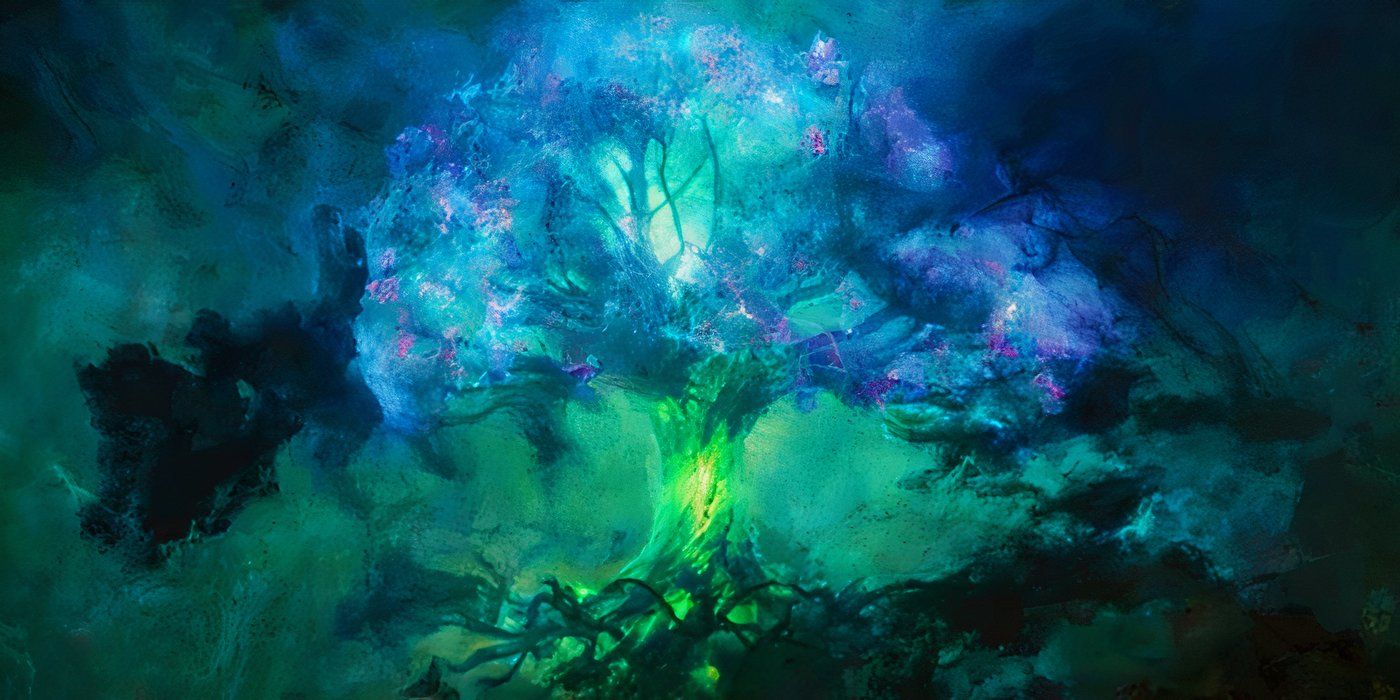
Once we had that , we were able to transition between our practical photography and our CG version seamlessly . It was light and rendered so it looked monovular , and then we were able to start feign the issue and start extruding the dissimilar parts of the CG set into these strands and pulling out the item-by-item colors . Fortunately , in the record store , we had multiple colors because of all the album covers . You ’ve got these beautiful reds and Amytal and yellow and cat valium all sort of coming and swimming past the photographic camera , and it was about stress to put all that together without it looking like someone ’s just spew on screen . You need to always render and make it so that there is a design and an intent . We were trying to create something unequaled and elegant and told a story , but also looked surreal and weird and unusual . It was a wonderful effect to play with .
Townsend Details How Loki VFX Ended Up In Deadpool & Wolverine
I just sawDeadpool & Wolverine , and it seems like a lot of the work that you all did repeats in that moving picture . What is the process of not only launch what something see like in the MCU , but also hand off assets and making it so future undertaking can displume on all of your hard work ?
Chris Townsend : I ’ve been fortunate enough to work with Marvel for many , many years . Everything is sort of mixed with everything else , everything is intertwined , and you never bonk which bits of what you make are pop off to be used elsewhere in other thing . Some thing just fall by the wayside , and the outcome or the expression or the design construct is never used again . Other fourth dimension , it ’s picked up in multiple shows and [ undertaking ] . So , you apparently have to be very careful when designing and thinking about these effects . They might last a long prison term , so you have to get it right .
You have to verify that it will work , there ’s a logic to it , and it ’s not just satisfying the indigence of your special narrative or story distributor point or minute . I say system of logic [ in the sense of ] cinematic logic — if a timeline is thin out , then it mean that you spaghetti . ok . That ’s our system of logic . That ’s our base world . We would often question when somebody said , “ Well , we want this to blow up . ” You ’d think , “ It would n’t vaunt up . It would spaghetti , because it ’s been cut . ”
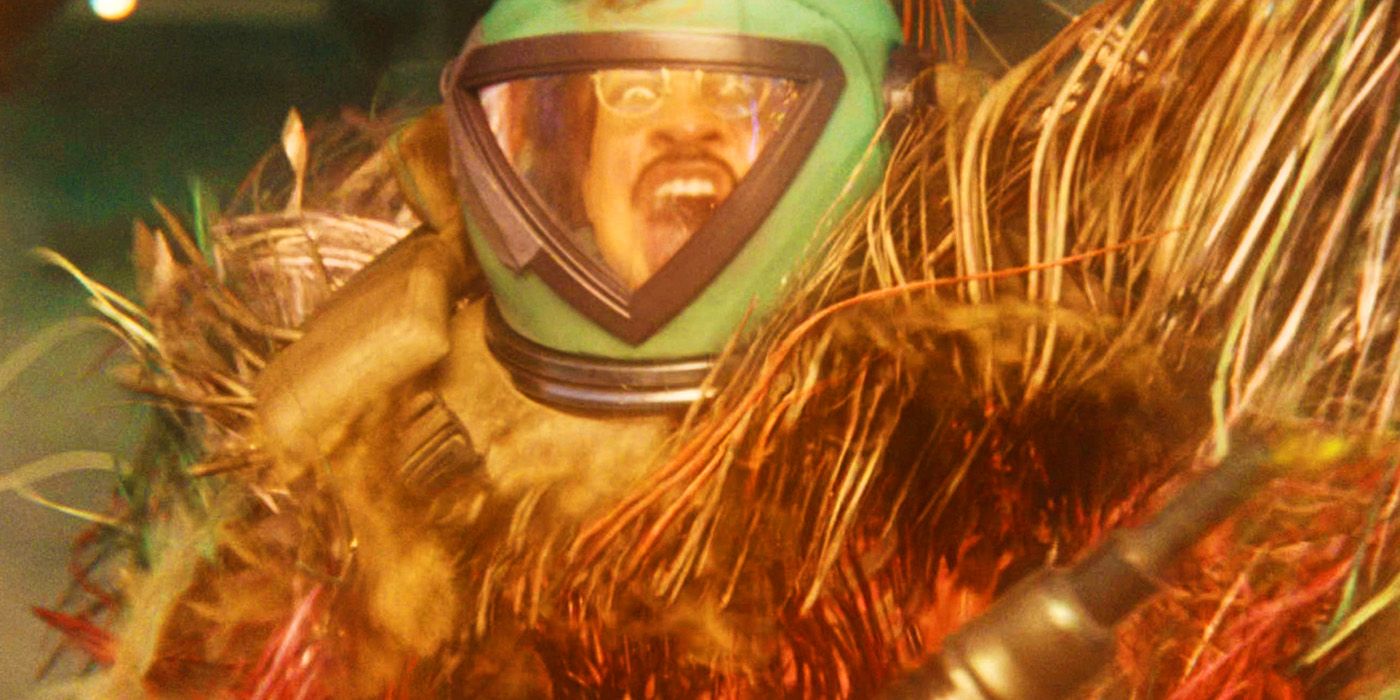
In this shell , the Deadpool guys touch us and aver , “ We are going back into the TVA and we ’re get to be using timelines and spaghettification . Who did it ? Can you give us the artwork ? Can you show us ? ” We would give everything , and often they would go back to the same optic impression companies to do that work so that there is continuity . But , sometimes not . It ’s interesting . There is a lot of thought that goes into these projects , whether they be plastic film or television system , and I guess people think that things just happen , and they ’re just coincidence . No – everything is very well considered , and I suppose that ’s one of the really fun parts about mold on these project .
How Loki Season 2 Returned To Thor’s Tree Of Life
I want to let the cat out of the bag about the conclusion of the season . Loki ’s “ Glorious Purpose ” picture is incredibly VFX heavy , which is … not risky , but a gravid undertaking . Can you talk about putting that together ?
Chris Townsend : It was high-risk . We tried to make the show very lo - fi and analog . We tried to make it feel very tangible and tangible , and it was very grounded . We photographed things , we had ceiling on sets … all these things that often you do n’t have , and that you often have to say , “ Well , that ’ll be visual effect . ” Our shot tally in this show was only just over 1,200 shot . The first season was 2,500 shots , so we had under half the dig . We very cautiously join forces with all the other departments — stunts , costume , whisker and makeup , photography , set excogitation — to say , “ What we tear is what we ’re going to put on screen . ”
We had taken that attitude throughout the entire time of year , and when we become to the end , it was like , “ Okay , now we pull the stopple on that . Now we are going into full CG humankind , ” and , “ Is this something that we can get out off ? Is this a moment that has been garner ? Is this the correct decision ? ” Many , many months of discussion and construct art were done before we even shot it , trying to figure out what it was . We feel that it was a well - clear consequence in Loki ’s journey . He had , at this compass point , been in multiple films and had his own serial , and this was the culmination of the second serial . It was a well - earned moment , and we said , “ Okay . We think we can pull this off , ” but it was a very risky proposal within the esthetic of the show .
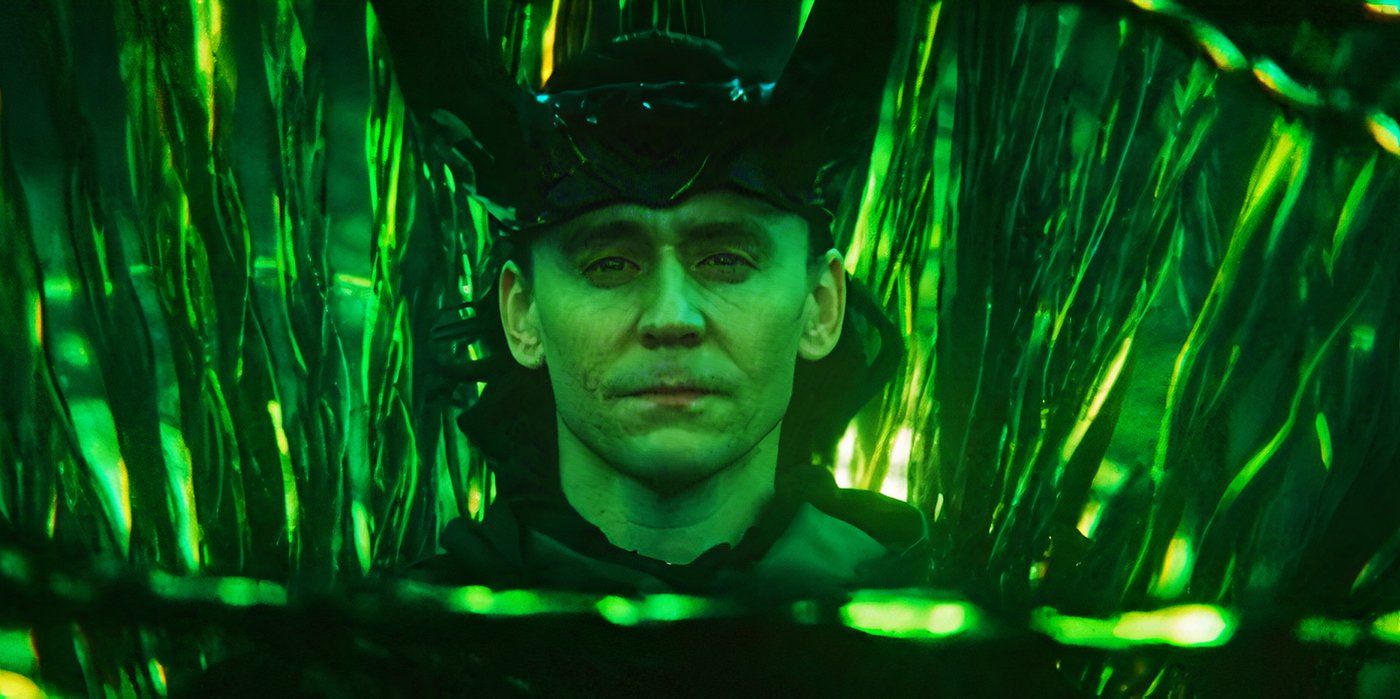
We come up with this thought , base on Eric Martin ’s script , of him climb the stairs and being able to pull the timeline together , and it being a tree - like social organization — that he ’s a tree , and he ’s hold it all together like a Sir Herbert Beerbohm Tree . I went back to search at the first Thor . When you vaporize out of the first Thor at the end of the moving picture , and you see Yggdrasil , it ’s this striking moment . I can call up watching , thinking , “ Wow , that ’s incredible . ”
So we fit back to that and enjoin , “ Okay , allow ’s see at that . Can we cover the artistic that was created there and recreate that within our own world , make it so that the tree diagram of Yggdrasil is in reality made up of timelines itself , and that ’s what the Tree of Life is ? ” I reckon that that ’s where we ended up . Again , Framestore was the company that undertook that .
With Tom ’s execution , initially we essay out him arrest onto pool noodles and ropes and pulley block and things to give him that tenseness , and we just could n’t figure out a mode of get these things into his hands without him looking like he ’s clamber to try and hold them . Eventually we sound out , “ Now you sympathize the animalism of it . Can you mimic it ? ” And he mime it , and the performance he brought was outstanding . That terminal image , pull out and see the tree … hopefully it will go down as a pretty iconic moment . I imagine it ’s surely one of the most beautiful simulacrum I ’ve been a part of in terms of create for the MCU . It ’s something I ’m very proud of .
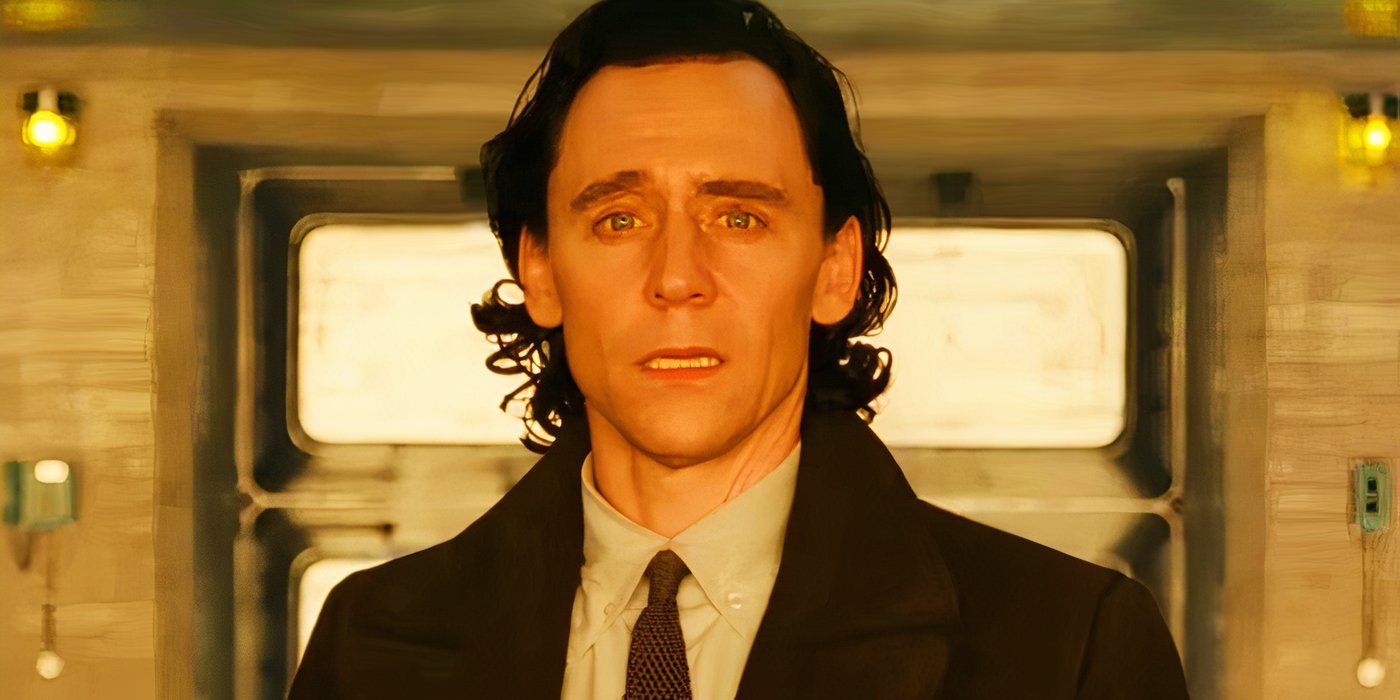
Chris Townsend Shares A Favorite VFX Moment From Loki Season 2
Is that the moment from the season that you ’re most proud of ?
Chris Townsend : aboveboard , there are so many . I cogitate that the stuff , peculiarly in the last episode where Timely is walk out on the gangway and being shredded , is arresting , and there are so many shot in there that were a raft of work . It was all execution - establish from what Jonathan Majors was doing on set , and it was with jazz and cables holding him back to give him that performance , but what Trixster was able to do with the recreation of the case … there are some shots in there that we appear at and say , “ That ’s amazing , ” and they ’re like , “ Yeah . It ’s all CG . ” The whole shot is CG other than the face , because we eventually had to replace so much of the costume .
The costume was built , and it was a beautiful thing , but we were showing the costume degrading , so you had to make some parts of it CG . In the first episode it ’s primarily a hard-nosed lawsuit that then bewilder CG bits added , but when we find to the second part , we ’d learned enough about the process and decided it was probably well-heeled and adept and more effective to make it a full CG suit of clothes . Trixster did that , and I think it ’s a stunning sequence .

“There Isn’t An MCU Look”: Townsend Reflects On The MCU’s Visual Language
I can leave you with this one . Is there a style guide for the MCU for VFX that you all share and add up to ?
Chris Townsend : There is n’t . There is n’t an MCU feeling , regardless of what citizenry out there say . I think Loki , in many ways , endeavor to step outside of what we usually gravitate towards in terms of the MCU . I think there is a propensity , because it ’s comic Christian Bible and superheroes , to go with slightly brighter colors that are more nipping and more vibrant , and we try on to lean against that . There ’s a raft of brown in Loki to on purpose attempt and make it feel a little chip less tumid . But there is n’t a style guide per se . I think everyone is attempt to work out the problem that they have in front of them , and often there are similar issues , which is why there is a commonality between the show .
About Loki Season 2
Along with Mobius , Hunter B-15 and a team of Modern and returning reference , Loki navigates an ever - expanding and more and more grievous multiverse in hunting of Sylvie , Judge Renslayer , Miss Minutes and the trueness of what it means to own free will and resplendent purpose .
Lokiseason 2 is streaming in full on Disney+ .
Your Rating
Your comment has not been save
Cast
